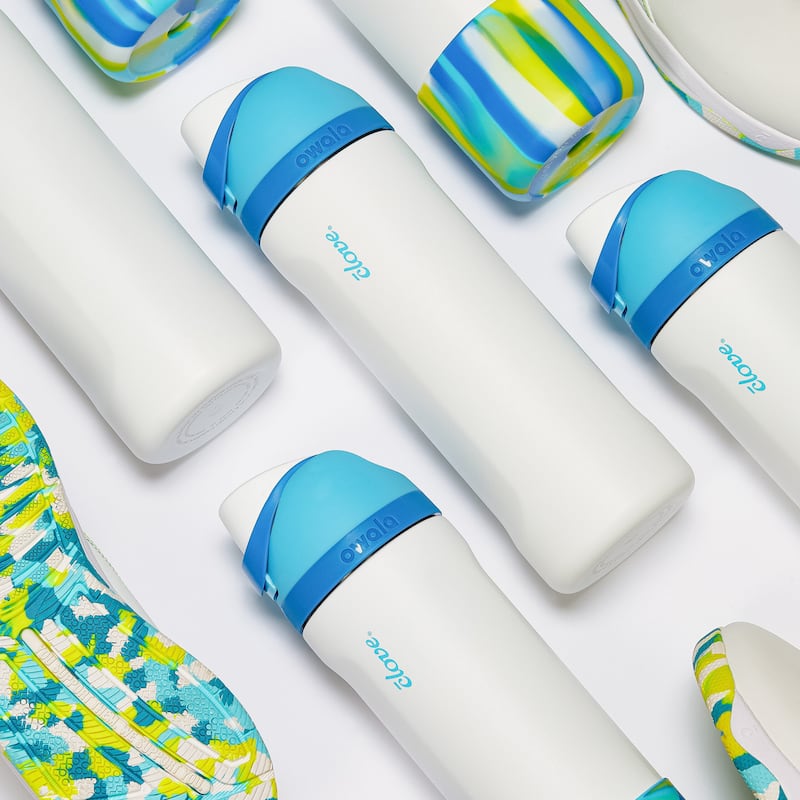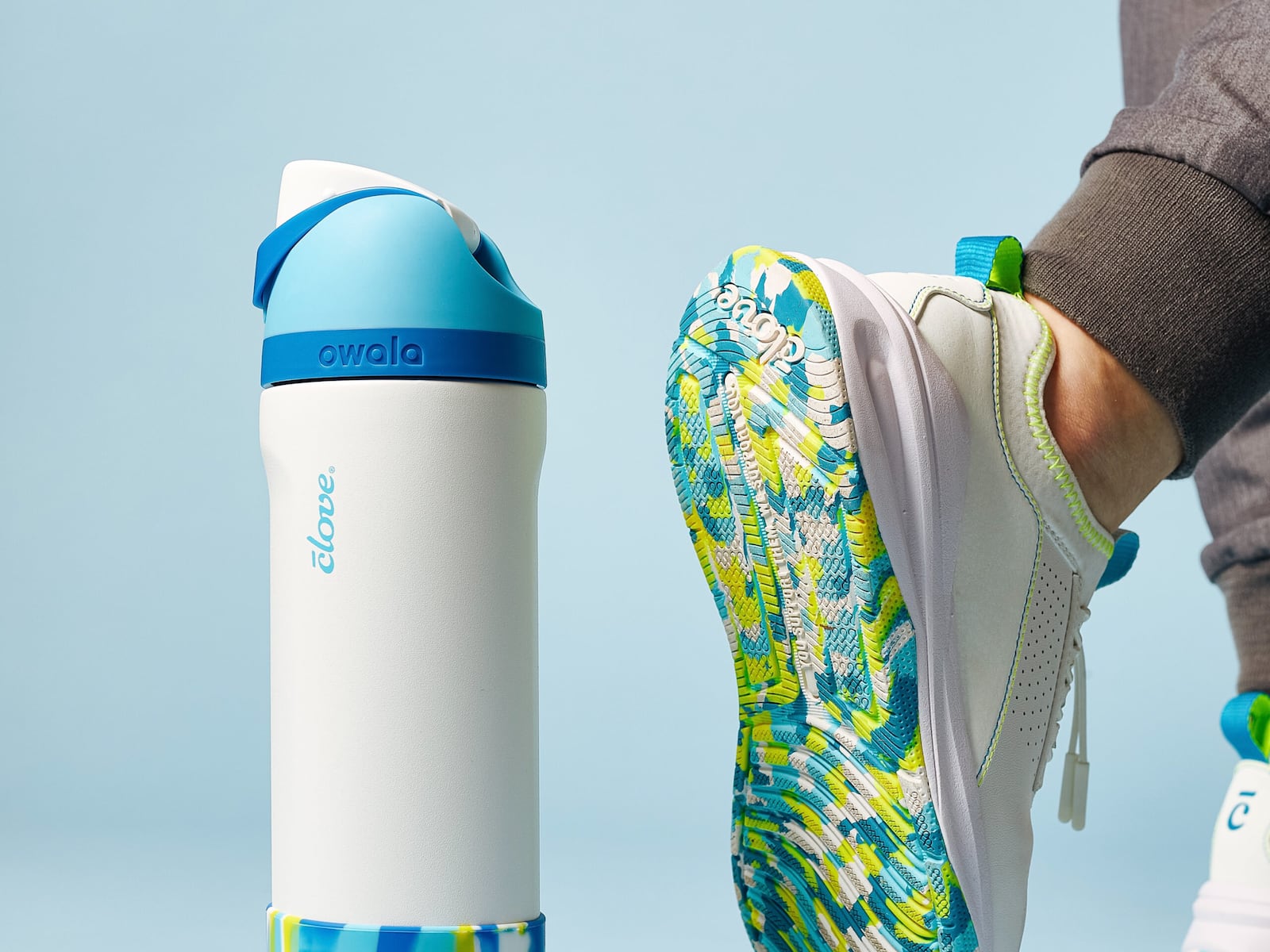This story appears in the August issue of Utah Business. Subscribe.
When consumers are inundated with countless messages each day, the true power of marketing lies in precision — something recently exemplified by Owala, a water bottle company committed to making hydration easy and enjoyable.
In honor of National Nurses Week in May, Owala partnered with Clove, a sneaker brand dedicated to serving healthcare workers, to create a limited-edition self-care collection. The collection featured a matching chartreuse, cerulean and royal blue design on both the featured Owala water bottle and Clove sneakers.
“Since day one, nurses and healthcare workers have been core to the Owala fam,” the company announced. “Our bottles help nurses stay healthily hydrated and coolly refreshed throughout their grueling shifts.”
Thoughtfully choosing mission-driven partners can allow brands to deeply connect with their target audience and see unmatched results. In this case, Owala’s campaign generated over 1 million impressions in one week.
Setting the sights
“The collaboration came about very organically,” says Taylor Morse, director of content and community at Trove Brands, Owala’s parent company. “In 2020, we offered a one-time 50 percent discount to verified first responders, medical workers and public officers to show our appreciation for the hard work they do. Since then, the nursing community has been a vocal supporter of the brand. We, in return, do our best to champion them.”
Owala celebrates National Nurses Week every year with new, innovative marketing campaigns. Some of these campaigns included giveaways with Clove sneakers, ultimately leading to a fascinating customer insight: Healthcare workers love coordinating their scrubs and Owala bottles. This organic development sparked the foundation for the teams’ joint decision to pursue the matching shoe and bottle collaboration.

Listen to your customers
Owala’s partnership with Clove was consistently informed by customer feedback. Several smaller giveaways naturally became a full-fledged collaboration because customers wanted it.
“Being customer-centric is always at the forefront of our campaigns,” Morse says. “Whether it’s bringing back popular special edition colorways … or introducing backorders, … we take our customer’s feedback seriously and use insights from social listening, reviews and customer service inquiries.”
By combining data analytics and customer segmentation with an intensive focus on customer feedback, businesses can tailor their messaging to resonate with specific demographics, preferences and behaviors.
Brands should prioritize gathering and analyzing customer data, specifically customer feedback, to understand their audience’s needs and preferences. Testing different strategies and continuously refining a company’s approach based on this feedback is crucial. According to Gartner research, “Seventy-five percent of organizations are now able to show that customer satisfaction leads to revenue growth through increased customer retention or lifetime value.”
“The biggest takeaway is the most obvious one: Listen to your customers and find ways to celebrate the communities that love your products,” Morse says.
Celebrate your community
Building a solid community around your brand is the second essential requirement for effective target marketing.
Develop this sense of community by celebrating people who love and support your products — actively engage with your audience, acknowledge their contributions and create opportunities for them to connect with each other. This involves leveraging social media, forums and other digital platforms to foster dialogue and engagement.
According to Harvard Business Review, Salesforce has created a thriving community of nearly 2 million members. The company celebrates its community by hosting the annual “Dreamforce” conference. There, 200,000 community members gather to connect and support each other and Salesforce. This community has become a critical part of Salesforce’s global operations and is a potent driver behind its $140 billion valuation.
Encouraging user-generated content, hosting events (both virtual and in-person), and providing platforms for community members to share their stories help build a sense of belonging and loyalty. By highlighting and celebrating community achievements and milestones, brands can create a positive feedback loop that repeatedly enhances customer loyalty and attracts new members.
Target marketing should stem from genuine actions that resonate with the community. In Owala’s case, supporting healthcare workers during a global crisis and offering exclusive discounts to first responders generated significant traction in the long run. Brands prioritizing community-building and listening to customer feedback will find that a robust and supportive community enhances customer loyalty and drives organic growth.

